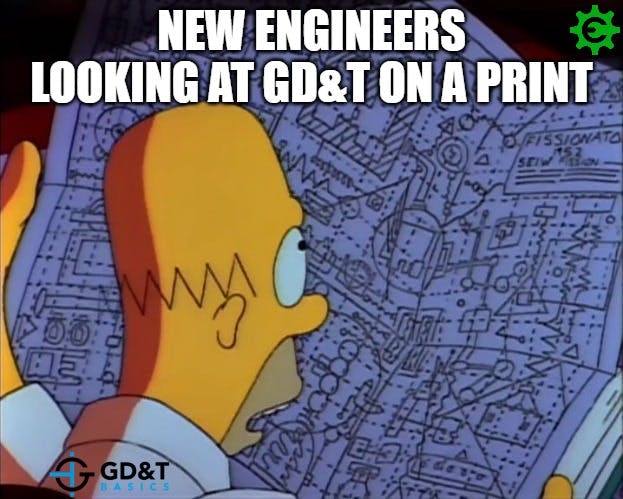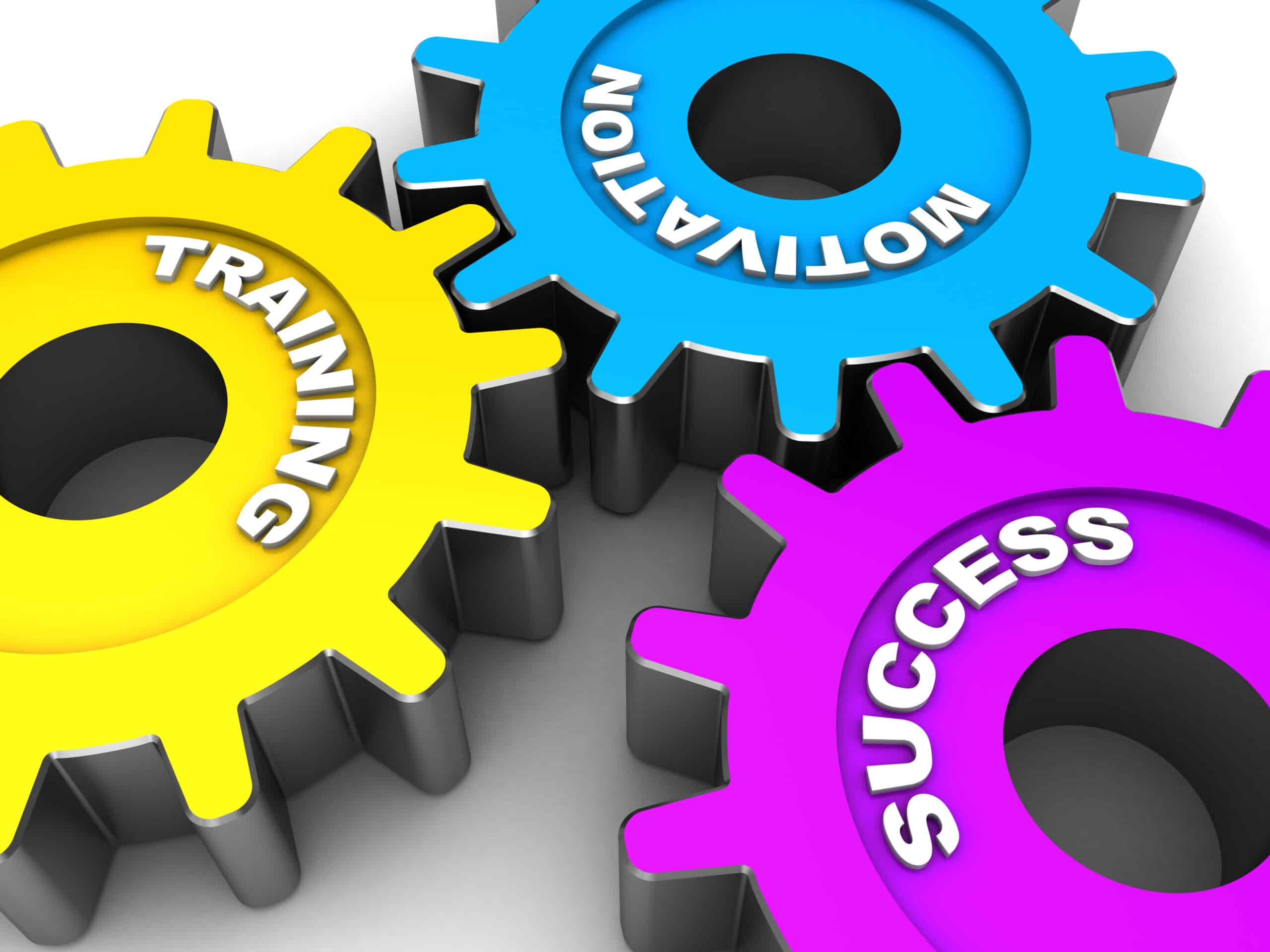Hiring isn’t easy.
Finding the people with the skills you need can be hard enough, but then you have to get them up to speed so they can contribute in the ways you need them to. And great people don’t always come in with all the knowledge they need to do their jobs well.

New engineers often don’t know anything about engineering drawings
Knowledge of Geometric Dimensioning and Tolerancing is critical for effective communication in any manufacturing business. Yet despite its massive importance, even the top university programs don’t teach the basics of engineering drawings and GD&T. That means new engineers may graduate with a wealth of knowledge, but they don’t know how to read or use drawings in a real-world context. So, they struggle to apply their knowledge effectively at work.
We know, there’s a serious shortage of engineering talent available, and even talent you can find rarely has a well-rounded skill set, yet can still demand high pay. Engineers fresh out of school are steeped in knowledge of statics, fluids, and differential equations -- good background knowledge, but not the sort that applies to their day-to-day work. Even engineers with a few years of experience often don’t know the fundamental rules of working with engineering drawings and making real parts.
Sure, engineering grads may know how to use CAD and create 3D models, but their designs don’t account for how parts are actually made and inspected. School doesn’t teach them how to design a less expensive part or factor in the limitations of CNC machines. Overall, they don’t understand the impact the drawing has on manufacturing and inspection. In the absence of training, they can only gain that knowledge from extensive experience in the field.
Designing parts in a manufacturing environment without understanding GD&T is like trying to edit a book when you don’t know how to read.
Since they don’t teach it in school, your new hires have to learn how to communicate properly with your other departments and suppliers on the job – a process that takes years and involves plenty of costly mistakes. And that process is often slowed by many new engineers’ lack of confidence – they’re afraid to admit that they don’t know how to do all aspects of their job well yet.
Not only that, there’s a good chance they’re learning GD&T from their colleagues who may not have a firm grasp on GD&T themselves. That creates a cascade of bad habits that can cause disputes throughout the organization.
It doesn’t have to be this way.
Using GD&T improves communication
Training your new hires about print reading and GD&T gets them up to speed in months, not years, and enables them to start communicating effectively with manufacturing, inspection and your suppliers much sooner.
Imagine if your new employees could pick up a print and understand what they’re looking at? What if they understood the limitations of your production machines and how that affects their designs? What if they understood what was functionally important about the drawing and could make intelligent assumptions to see potential issues? What if they understood how the part is set up for inspection and could help find ways to improve quality when things go wrong?
Those proficient with GD&T get a birds-eye view of how you do things – and that sort of vision makes engineers, inspectors and machinists better at their jobs. Think of it this way: you probably need to spend time teaching new hires your unique company playbook, but, if your new hire knows GD&T, you won’t be wasting your time teaching them the rules of the game.
Using GD&T increases production efficiency
GD&T training isn’t only for improving new hire communication and troubleshooting skills, either. By training all of your people in Geometric Dimensioning and Tolerancing, you can standardize your production practices and improve the communication throughout your organization.
If you don’t train your people, your new engineers will struggle to communicate clearly with other departments. They won't have the knowledge to foresee production or inspection issues or have the confidence to explain the design reasoning behind the prints. This sort of environment invites miscommunication, frustration and disputes.
What if your new inspector doesn’t know the design methodology or your ways yet, but is able to effectively communicate with other departments and avoid disputes from day one? What if your new machinist was able to look at a print and spot a problem, then go to the design engineer and define and articulate the issue before he’s started production?
Scrap costs money, and so does time spent on disputes.
GD&T gets everyone speaking unambiguously, in a common language. That sort of communication reduces friction at every point in the process and facilitates a common understanding. So, when disputes arise – as they always do -- they can be resolved much more quickly.

A culture of growth retains talent
We know there’s a talent shortage, which means you’re hiring people who need training. But whether you’re training them yourself or paying someone else to do it, you want the folks you train to stick around so you can reap maximum benefit from their knowledge.
Talented people want to learn and become an expert so they can operate with confidence in their jobs. Engineers, in particular, are highly motivated by getting to learn something new, then using that knowledge to solve a problem. That learning-doing connection provides a deep level of job satisfaction that most people rarely experience. Provide them that satisfaction and the talent will never leave.
GD&T provides a framework for your people to understand problems as they arise and develop an approach for how to solve it. Knowing GD&T gives them the confidence that they can solve the toughest problems. And confident, knowledgeable workers are proactive problem solvers.
They’re the go-to guys and gals everybody wants.
Contact GD&T Basics today and we’ll help you get them.

